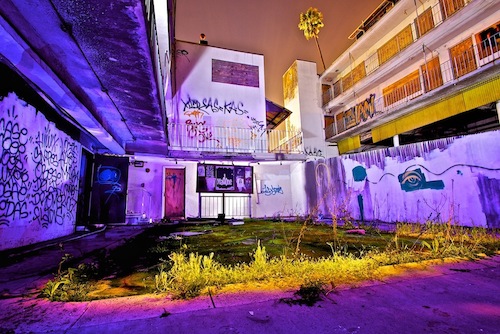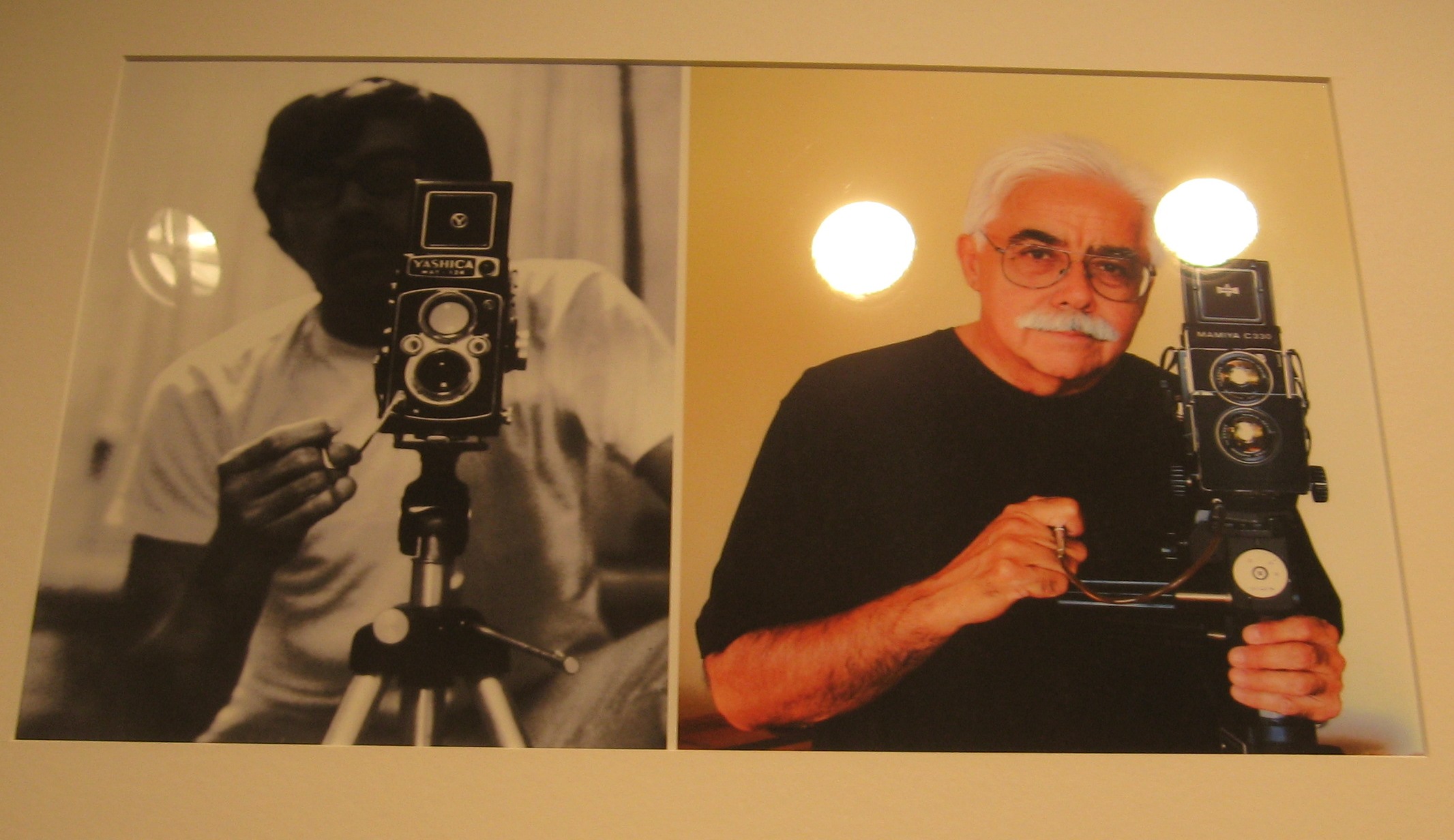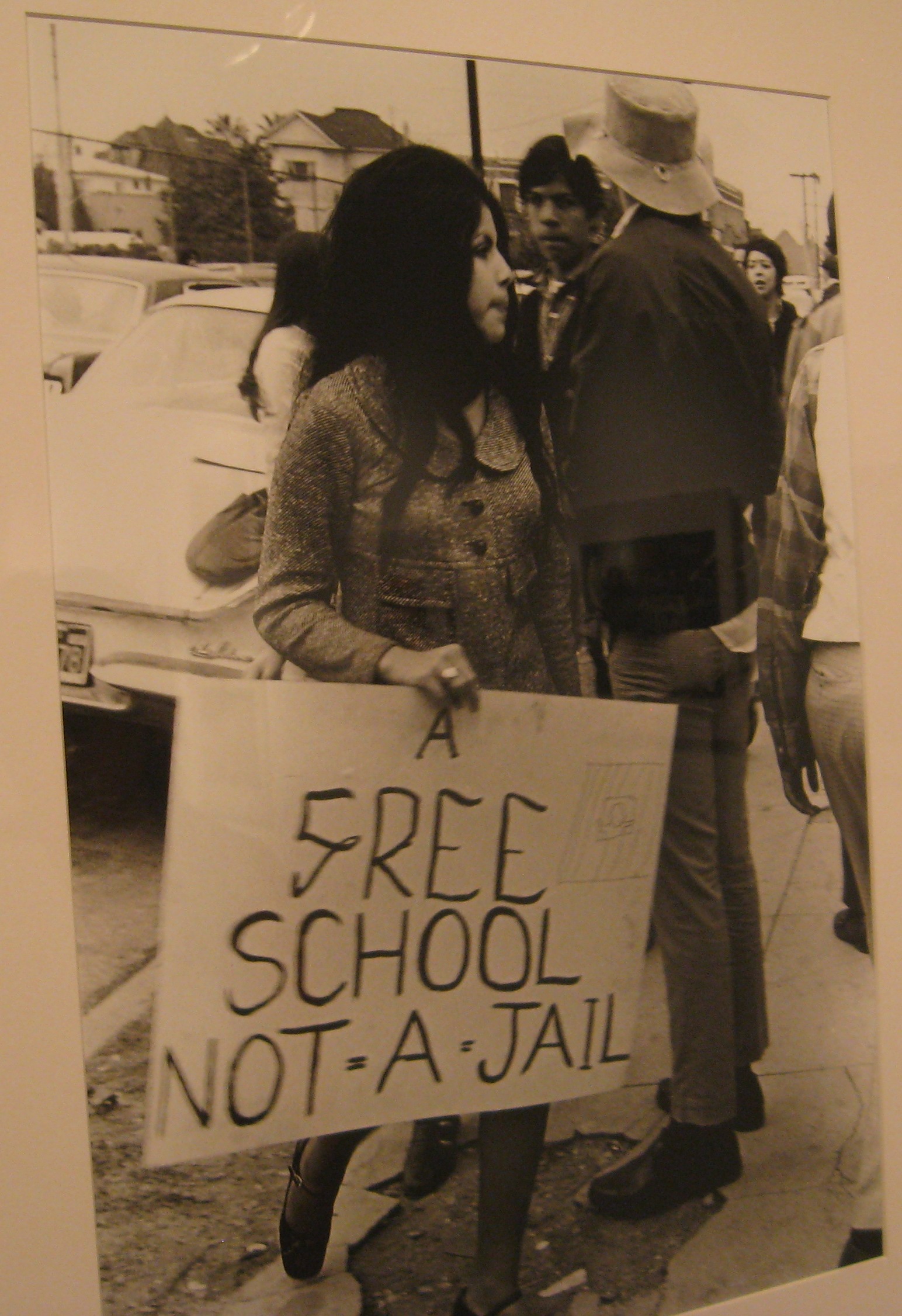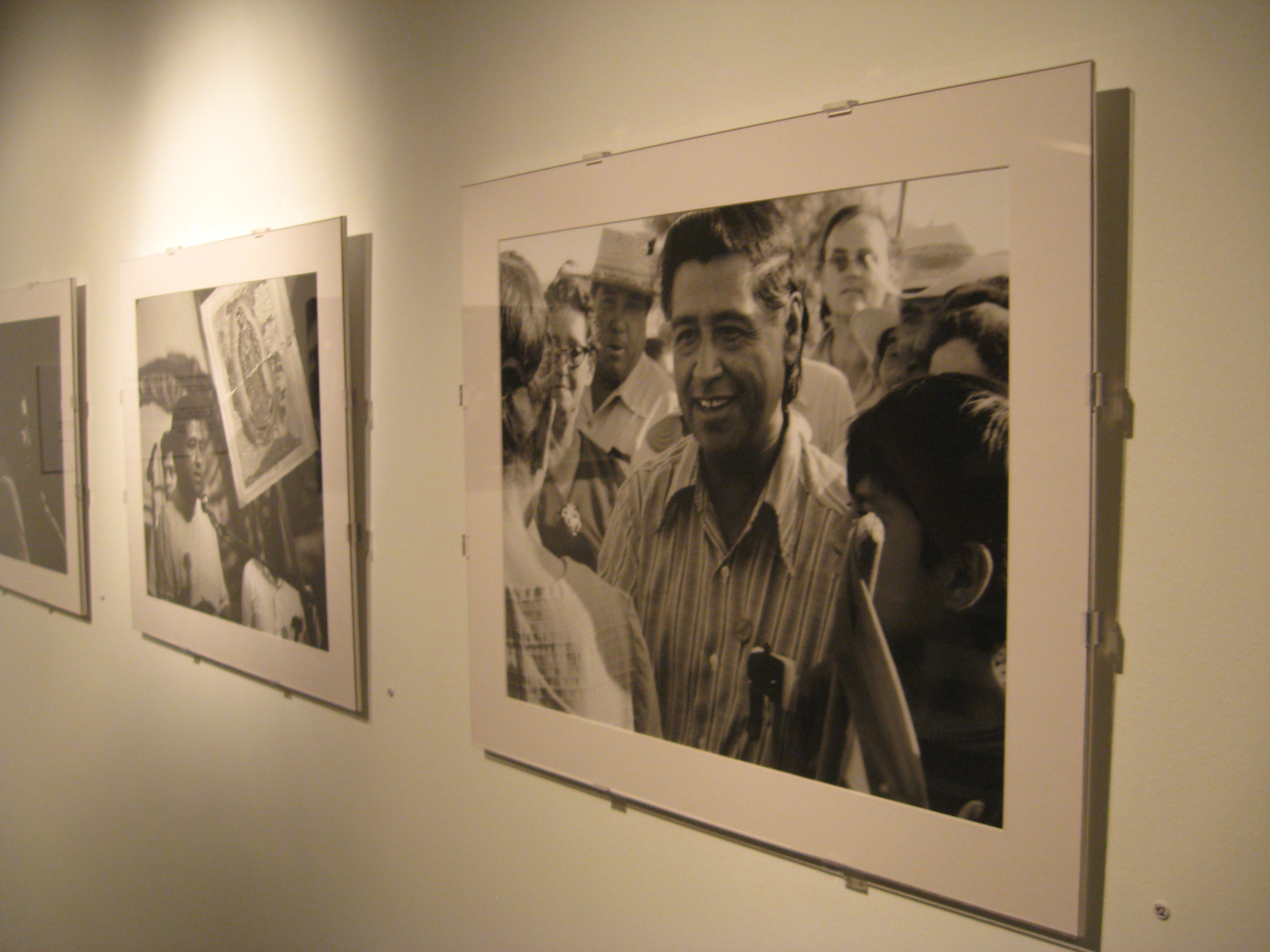The annual Kingdom Day Parade made its way down Martin Luther King Jr. Boulevard yesterday from Western Avenue to Crenshaw Boulevard to honor the life of Martin Luther King Jr. It featured local high school bands, social justice groups and union organizations, with Mayor Eric Garcetti as Grand Marshal.
Flip through a photo slideshow to view the highlights, and click to read captions.










 A man in a cowboy hat sits alone on a bench beside Echo Park lake. The foreground is dark, and the man is shrouded in the shadow of a tree. He seems isolated, lonely. His face is lowered just slightly enough to suggest despair. His jacket and upturned collar are a strange juxtaposition against the sunshine of Los Angeles. Beyond the grassy verge lies infinite light – a world of burdening heat, to seek refuge from in the shade. Or perhaps a bright city, with new opportunities floating on the crest of every sparkling ripple and into the busy streets above.
A man in a cowboy hat sits alone on a bench beside Echo Park lake. The foreground is dark, and the man is shrouded in the shadow of a tree. He seems isolated, lonely. His face is lowered just slightly enough to suggest despair. His jacket and upturned collar are a strange juxtaposition against the sunshine of Los Angeles. Beyond the grassy verge lies infinite light – a world of burdening heat, to seek refuge from in the shade. Or perhaps a bright city, with new opportunities floating on the crest of every sparkling ripple and into the busy streets above. Castillo has been documenting Chicano society since he moved to Los Angeles with his family from El Paso, Texas when he was 16 years old. It was tumultuous time. The city’s demographics were shifting rapidly, and the Chicano Civil Rights Movement was erupting in an energetic rush. Castillo witnessed the "High School Blowouts" in 1968, snapping the pictures "Down with Brutality" and "A Free School Not-A-Jail" during a student protest at Roosevelt High School in Boyle Heights.
Castillo has been documenting Chicano society since he moved to Los Angeles with his family from El Paso, Texas when he was 16 years old. It was tumultuous time. The city’s demographics were shifting rapidly, and the Chicano Civil Rights Movement was erupting in an energetic rush. Castillo witnessed the "High School Blowouts" in 1968, snapping the pictures "Down with Brutality" and "A Free School Not-A-Jail" during a student protest at Roosevelt High School in Boyle Heights.  The images are naturally iconic, evocative of the sepia-toned sentiment that accompanies historical art work. But clustered together in the basement room of the Theatre Center building, Castillo’s work risks becoming reminiscent, rather than present. The exhibit is composed of faces and scenery now long familiar, and rests heavily on the symbolism of a revolutionary era, rather than seeking to break new ground. Among the powerful depictions, the simpler images stood out. The subtlely of a mother walking with a young child beside a graffited brick wall, or two young women, one holding a baby, waiting for a bus beside an extravagant mural, seemed more resonant than the rallies, speeches and politics.
The images are naturally iconic, evocative of the sepia-toned sentiment that accompanies historical art work. But clustered together in the basement room of the Theatre Center building, Castillo’s work risks becoming reminiscent, rather than present. The exhibit is composed of faces and scenery now long familiar, and rests heavily on the symbolism of a revolutionary era, rather than seeking to break new ground. Among the powerful depictions, the simpler images stood out. The subtlely of a mother walking with a young child beside a graffited brick wall, or two young women, one holding a baby, waiting for a bus beside an extravagant mural, seemed more resonant than the rallies, speeches and politics. .jpg) Later, an African-American man, dressed in multi-colored, tie-dye pants and a customized leather jacket, leaned in and adjusted his glasses to get a closer look at four similarly-clad Latino men inside one of the frames. "Los Four," taken in 1974, shows artist-friends of Castillo’s smiling happily beside their bright, spray-painted mural, designed to promote graffiti as art, not vandalism.
Later, an African-American man, dressed in multi-colored, tie-dye pants and a customized leather jacket, leaned in and adjusted his glasses to get a closer look at four similarly-clad Latino men inside one of the frames. "Los Four," taken in 1974, shows artist-friends of Castillo’s smiling happily beside their bright, spray-painted mural, designed to promote graffiti as art, not vandalism.





